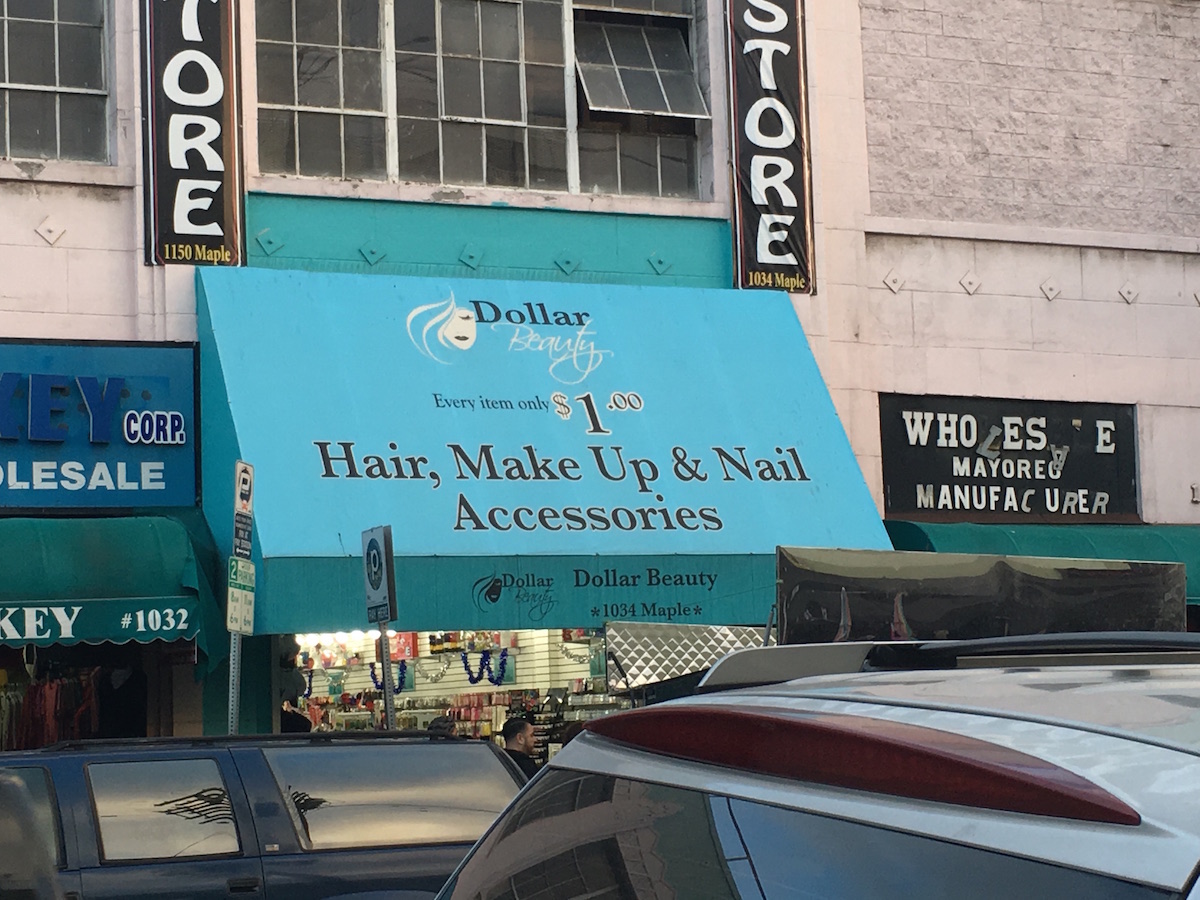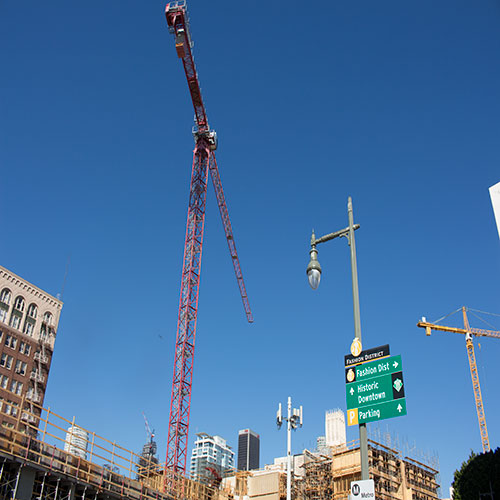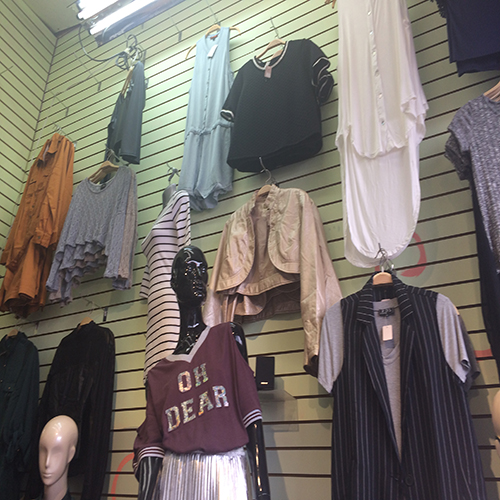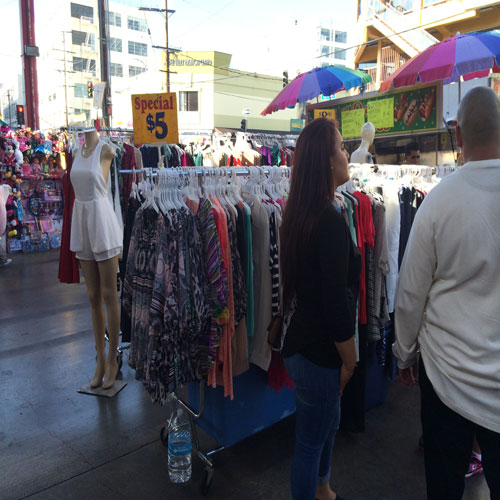Amongst the many retail stores in the heart of Los Angeles fashion district is The Dollar #2 beauty shop, which is one of the many stores, suffering from the effects of gentrification occurring in many neighborhoods throughout L.A.
“Gentrification has been frustrating, the politicians I had I faith in are failing us, I have worked in this shop for 6 years and since Huizar came into office, he hasn’t done anything he promised,” Nina Guevara, Dollar beauty manager said.
According to Guevara the rent for the store has soared. Rents caused by gentrification development, poses a threat to residents and retail owners, particularly the working class and immigrant populations in L.A. Fashion District.
One organization has made it their mission to help owners and renters who are dealing with displacement and the effects of gentrification.
Right to the City (RTTC) was founded in 2007 before the economic recession and the burst of the housing bubble.
“It was unified response to gentrification and a call to end the displacement of low-income people, people of color, [and] marginalized LGBTQ communities,” Lenina Nadal, Right to the City Communications Director said. “We are a national alliance of racial, economic and environmental justice organization.”
Nadal has been working with Right to the City for 3 years and has led many of the narrative and story based strategy training and press strategy for the organization.
RTTC seeks to create regional and national impacts in the fields of housing, human rights, urban land, and community development.
“Everyone who inhabits a city should have a right to the city and on every level, a right to also democratically control what happens in the city with it’s resources, land and public offer,” Tony Romano, Right to the City Organizing Director said.
In 2011, RTTC organization launched the Homes For All, a national campaign that aims to protect, defend, and expand housing that is affordable for low-income workers and communities.
RTTC wants to create housing that is free from market speculation and that serves the interests of community building and sustainable economies.
According to Nadal, gentrification is growing due to the increase of police surveillance and police presence in communities, a trend towards further gentrification and displacement.
We are seeing large companies especially in L.A. buying hundred and thousand of single family homes and converting them into rental lots, that’s why we are proclaiming the rise of a renter nation,” Nadal said. “These people are not just being displaced, they are being kicked out of their home they have paid an exorbitant amounts of money over the past 20 years.
“Since 2011, we have been focusing on land issues, we wanted to create a cohesive narrative about how we are fighting to the right for the city,” Nadal said.
RTTC generates their budget through foundation grants, individual donations, and member dues.
“We are staff of four, we are severely under-resourced,” Nadal said. “We are surviving and making it happen.”
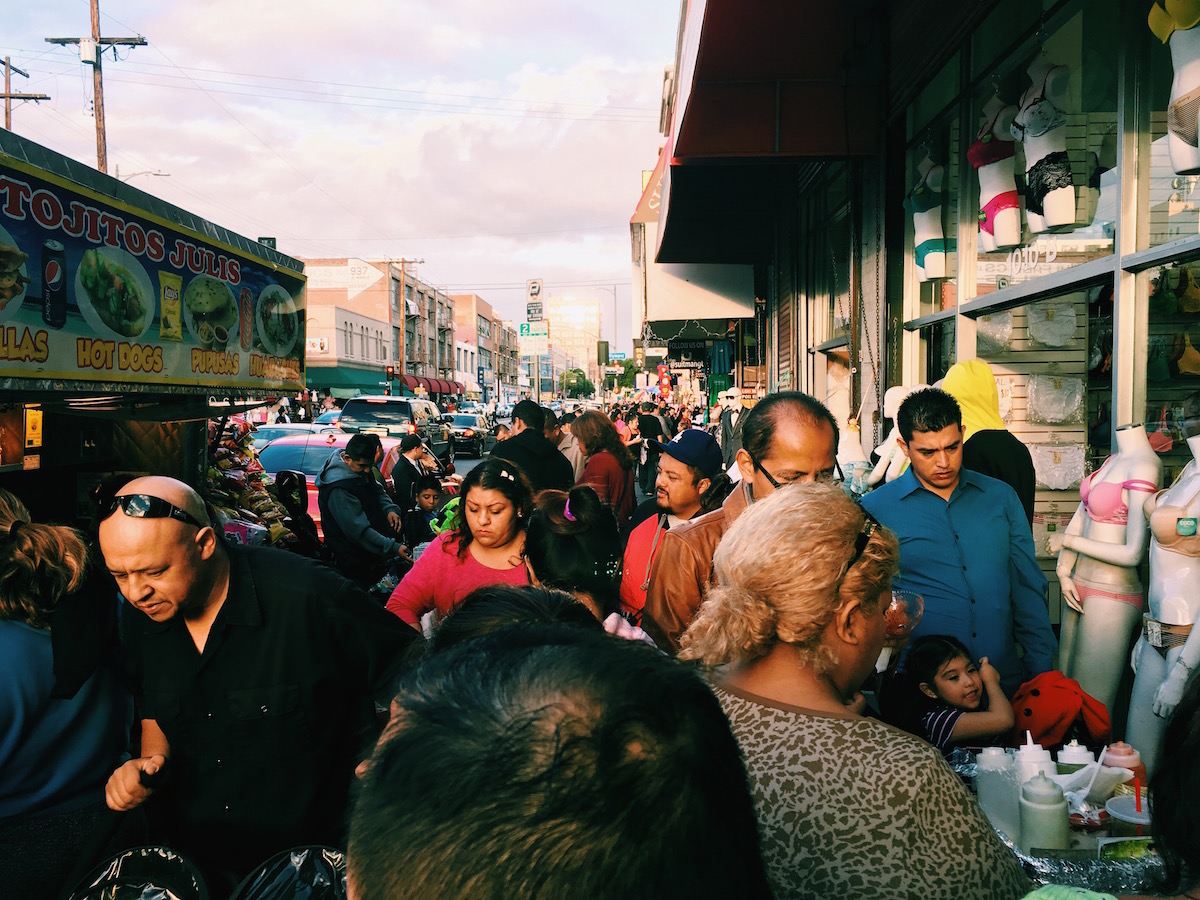
The organization has made community benefit agreements to limit the displacement of families and closure of business caused by major developments in communities.
“We have won several community benefits agreements to insure that with USC being a gentrifying force in the Figueroa corridor, they are kicking low-income people and trying to create more student housing,” Romano said. “So we reached an agreement with USC to limit and diminish the displacement of longtime low- income families of color and establish an affordable housing to curve the gentrification efforts.”
The organization has also succeeded in reaching an agreement with developers around the Staples Center, to ensure that there will be considerable benefits to the communities and some level of affordable housing.
Favela, has been working with Right to the City since 2007. “After seeing my grandparents lose their homes due to gentrification, I wanted to do something to end this problem,” Favela said.
Favela has led organizing efforts for tenants in the Boyle Hotel Apartments and is currently is with Dollar #2 Beauty store and Ramona fashions.
According to the L.A. Times, the city recently estimated that 82,000 additional affordable units would be needed by 2021. Approximately 8,000 families applied for the 184 units of affordable housing that the East L.A. Community Corporation built in Boyle Heights.
“We build affordable housing so that community members are able to stay in the neighborhood and able to thrive and in the neighborhood despite rising rent,” Favela said. “We build housing, for folks who are targeted.”
As the need for affordable housing grows, the city’s ability to provide and maintain it has declined significantly. Since 2008, funding for the city’s Affordable Housing Trust Fund (AHTF) has dropped from $108 million to approximately $26 million.
Dollar #2 Beauty store proximity to downtown Los Angeles means residents are seeing the arrival of new business and increasing rent rates
“A lot of renters in neighborhoods are going through displacement by the gentrification push, we know we cannot do it alone,” Favela said. “ So we create coalition to work together and see what type of protection can get for renters and how we can insure that community member’s don’t get displaced when there is development going on in their neighborhood.”
According to Favela, most of the people they work with have been faced with several eviction notices after living in their properties for more than 2 decades.
“We do believe you have to have strong connections with the local community that is affected by gentrification and displacement,” Favela said.
Kendall Jackman from Picture the Homeless shares what Right to the City means to her and why Picture the Homeless is a member of Right to the City's Homes for All campaign. Video by Right to the City Link